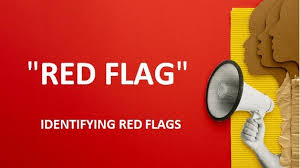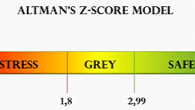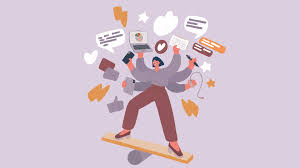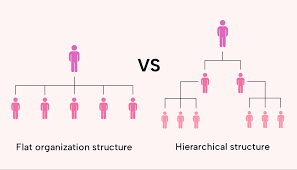
Understanding financial statements can feel overwhelming if you’re not a finance professional, but knowing how to spot red flags is essential—especially if you’re an investor, business owner, or just someone looking to protect their money. Fortunately, you don’t need a degree in accounting to identify potential warning signs. By focusing on a few key areas, you can quickly assess whether a company’s financial health is as solid as it seems.
1. Inconsistent Revenue Trends
Revenue should follow a logical pattern based on the company’s industry and market conditions. If you notice sharp fluctuations without a clear reason, such as seasonality or a major event, it could signal manipulation or unreliable earnings. Look for:
- Unusual spikes or dips not explained in the financial statements.
- Inconsistent revenue recognition (e.g., recognizing revenue before delivering products or services).
- A sudden surge in revenue near the end of a reporting period, which could indicate aggressive accounting practices.
2. Unexplained Expenses and Rising Costs
Pay close attention to expenses, especially if they are growing disproportionately to revenue. Red flags include:
- High administrative costs that don’t match the company’s size.
- Unexplained one-time charges that appear frequently.
- Sudden changes in depreciation methods, which could be used to manipulate earnings.
3. Declining or Negative Cash Flow
Profit on paper doesn’t always translate to actual cash in the bank. A company may report profits but struggle with cash flow. Look for:
- Operating cash flow that is consistently lower than net income, which could indicate accounting gimmicks.
- Frequent reliance on financing (debt or issuing stock) to cover expenses.
- Delays in accounts receivable payments, suggesting customers are struggling to pay.
4. Unusual Debt Levels
While debt is normal for businesses, excessive or rapidly increasing debt can be a warning sign. Check for:
- A rising debt-to-equity ratio, indicating the company is relying too much on borrowed money.
- Short-term debt that keeps rolling over, which may signal liquidity issues.
- Interest payments consuming a large portion of earnings, reducing profitability.
5. Frequent Restatements of Financials
Companies occasionally revise financial statements due to errors or changes in accounting policies. However, frequent restatements can indicate poor financial controls or even fraud. Watch for:
- Revisions that significantly change past earnings reports.
- A history of accounting errors or regulatory investigations.
- Discrepancies between reported earnings and tax filings.
6. Growing Inventory or Accounts Receivable
A company’s inventory and accounts receivable should align with its revenue growth. Red flags include:
- A sharp rise in inventory without a corresponding increase in sales, possibly indicating overproduction or unsold stock.
- Accounts receivable growing faster than revenue, which could mean the company is struggling to collect payments.
7. Opaque or Vague Disclosures
A company’s financial statements should be transparent and provide clear explanations for any major changes. Be wary of:
- Overly complex language or missing key details in footnotes.
- Frequent changes in accounting methods without clear justification.
- Large off-balance-sheet liabilities, such as undisclosed leases or pension obligations.
8. Management Red Flags
Sometimes, the biggest warning signs come from leadership behavior rather than the numbers themselves. Look for:
- Executives selling large amounts of stock, which could indicate a lack of confidence in the company’s future.
- High turnover in the finance or executive team.
- Legal or regulatory issues involving key personnel.
Final Thoughts
You don’t need to be a finance expert to spot potential red flags in financial statements. By focusing on revenue consistency, expense trends, cash flow, debt levels, and management behavior, you can get a clearer picture of a company’s financial health. If something looks off, don’t ignore it—dig deeper, consult a professional, or consider it a sign to proceed with caution. In the world of finance, being proactive is always better than being caught off guard.









